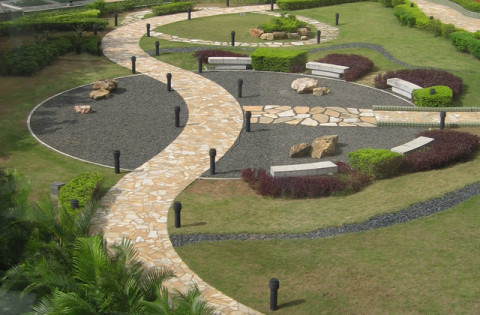Nurturing the Psychologically Challenged, By Design

Psychological challenges, such as autism, ADHD, depression, and schizophrenia complicate the lives of people with these conditions. Design can make it more likely that they achieve their life objectives.